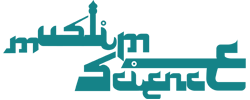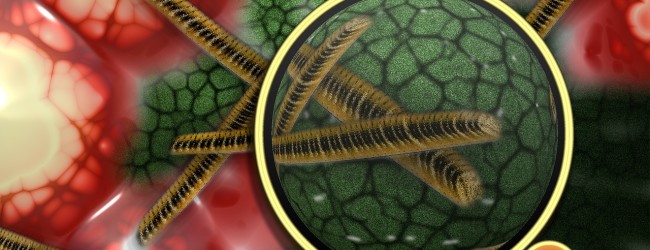[RIO DE JANEIRO] A 24-year-old Brazilian student has created a portable medical lamp that kills antibiotic-resistant bacteria.
The inventor, Caio Guimarães, studied electrical engineering at Brazil’s Federal University of Pernambuco. His device consists of a lamp, which emits light at a blue wavelength that has been shown to kill bacteria, and biodegradable microneedles. These penetrate the skin’s outer layer, or epithelium, and act as mini optical fibres that conduct light towards infections below the skin.
Guimarães tells SciDev.Net that his inspiration was the microneedle arrays made from biodegradable polymers that are used to administer drugs and vaccines.
“By conducting experiments, I succeeded in making the light penetrate the needles and this was absorbed by the skin,” he says.
Guimarães won a scholarship from the Brazilian Science without Borders exchange programme between 2013 and 2014. As part of this, he worked at Hofstra University, United States.
During a summer placement at the Wellman Center for Photomedicine, Guimarães developed a prototype of the lamp, which he called BONA (biocompatible optical needle array).
“Visible light does not penetrate the epithelial tissue well, but the microneedles help to direct it,” he explains.
The lamp has been tested on bacteria such as Pseudomonas aeruginosa, Klebsiella pneumoniae and Acinetobacter baumannii, which cause skin, lung and stomach infections and have a high resistance to various antibiotics.
“This is a highly innovative topic, which has great potential in South America. It is essential that the fields of physics, chemistry, biology and medicine interact for science to advance.”
Antonio Tedesco, University of Sao Paulo
“The lamp and the microneedles could be used in a first aid kit,” Guimarães says.
The device has won awards from Harvard University and the Massachusetts Institute of Technology in the United States.
Guimarães presented his invention on 8 February at SPIE Photonics West conference for biotechnology and photomedicine, in the United States. He hopes to make the technology available for use in Brazilian public health programmes.
But Antonio Tedesco, a chemistry researcher at the Centre for Nanotechnology at the University of Sao Paulo, Brazil, warns that the use of phototherapy – medical treatment through light – is unregulated in the country.
“Although it is cheap, it is not easy to transfer this technology for production on a large scale,” he adds. “Partnerships have to be created with private initiatives and these must be coordinated with health departments, which is very difficult.”
Tedesco, who is a pioneer for medicines that use light, says it is a slow process to transfer scientific advances to the pharmaceutical industry.
“This is a highly innovative topic, which has great potential in South America. It is essential that the fields of physics, chemistry, biology and medicine interact for science to advance,” he says.
This article was originally published on SciDev.Net’s Latin America & Caribbean edition.








